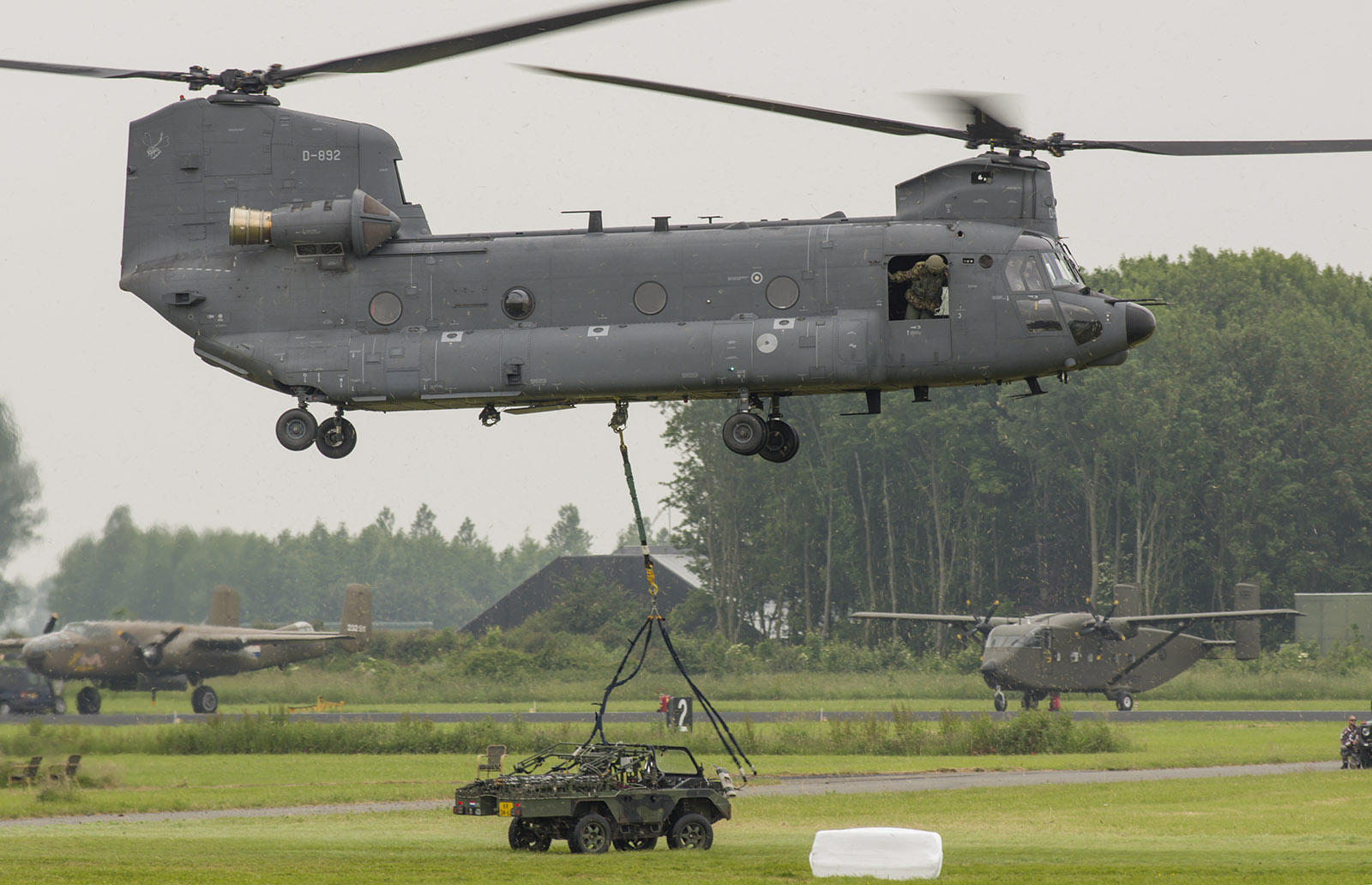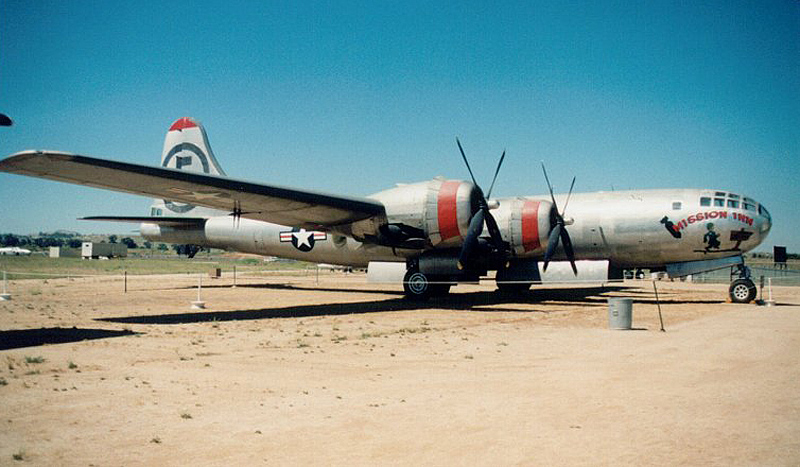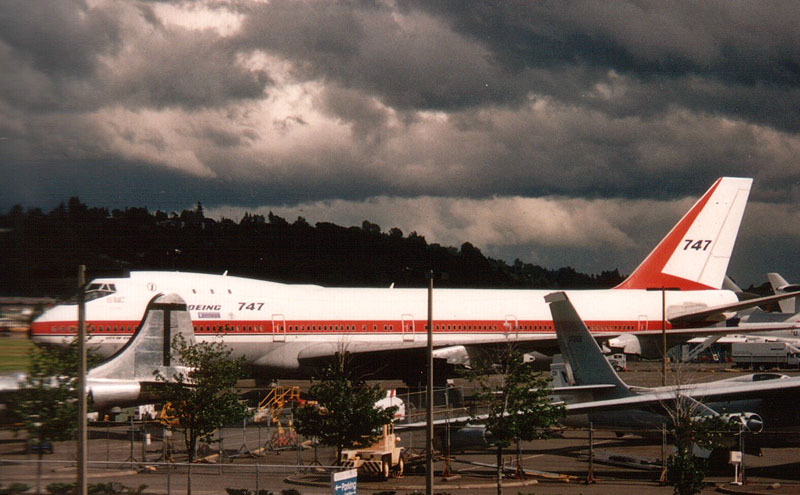
The Boeing Sikorsky RAH-66 Comanche armed reconnaissance helicopter was the centerpiece of the U.S. Army’s aviation modernization plan. This reflects the Army’s overall transition to an Objective Force that will utilize advanced weapon systems and smaller forces that are responsive, deployable, agile, versatile, lethal, survivable and sustainable.
The Comanche is a twin-turbine, two-seat (tandem) armed reconnaissance helicopter with projected missions of armed reconnaissance, light attack and air combat.
The Comanche program validated a number of aircraft systems and components and built and flew two flight-test prototype aircraft in its Demonstration/Validation/Prototype phase from contract award in 1991 through 2000. The program launched a $3.1 billion Engineering and Manufacturing Development phase in mid-2000. During EMD, the program will continue flight tests and validation of the Comanche’s fully integrated navigation, communication and passive-sensor targeting system, known as the Mission Equipment Package. The Pentagon wanted 650 RAH-66s for U.S. Army service, only two prototypes are build (94-0327 and 95-0001) for test-flights.
The Comanche is the world’s most advanced rotorcraft, featuring an all-composite, low-observable airframe that evades detection by radar, infrared and acoustic sensors. Its dynamic system includes a five-bladed bearing less main rotor, split-torque main transmission and an enclosed tail rotor system. Flight controls are fly-by-wire and triply redundant. All aircraft systems are integrated in the Mission Equipment Package that contains a digital avionics suite with advanced programmable communications; an integrated helmet-mounted heads-up display; a night-vision pilotage system and an electro-optical target acquisition and detection system that utilize advanced, passive, long-range, high-resolution sensors to generate real-time broad-band information to battlefield commanders about enemy dispositions; self-healing digital mission electronics; and triply redundant on-board system diagnostics. The aircraft can utilize high-speed and aerobatic maneuverability to avoid detection and engagement, and carries both missile armament in retractable bays and a retractable Gatling gun slaved to the helmet display. The Comanche is designed for easy field maintenance and repair and eliminates intermediate maintenance requirements.
The end of the RAH-66 Comanche helicopter program
In a dramatic about-face, the US Army canceled its Comanche helicopter program Monday February 23rd, 2004 after sinking $6.9 billion and 21 years of effort into producing a new-generation chopper.
At a Pentagon news conference, senior Army leaders said they would propose to Congress that $14.6 billion earmarked to develop and build 121 Comanches between now and 2011 be used instead to buy 796 additional Black Hawk and other helicopters and to upgrade and modernize 1,400 helicopters already in the fleet.? An Army study determined a need for 368 new armed scout helicopters.
“It’s a big decision, but we know it’s the right decision,” said Gen. Peter Schoomaker, the Army chief of staff. He said the Army also will invest more heavily in a variety of unmanned aircraft, such as the existing Hunter and the new Raven.
The RAH-66 Comanche helicopter project was launched in 1983 and was eventually to have cost more than $39 billion. The Army said it needed a stealthier, more capable armed reconnaissance helicopter not only to collect and distribute battlefield intelligence but to destroy enemy forces.
The program met with many setbacks and was restructured six times, most recently in 2002. The latest timetable had specified beginning initial low-rate production in 2007, with the first Comanches to have been declared ready for combat in 2009 with full-rate production to have begun in 2010.
The per-unit cost of the scrapped helicopter has more than quadrupled, from $12.1 million per aircraft when the Army planned to buy 5,023 of them, to $58.9 million when the purchase was cut back to 650.
From the first days of the Bush administration there has been talk of canceling a number of major aviation projects, including the Marine Corps’ V-22 Osprey hybrid helicopter-airplane and the Air Force’s F/A-22 Raptor fighter jet, but so far the Comanche has been the only casualty.
Five Comanche helicopters are in production. Sikorsky officials said they did not know what would become of them.
The Sikorsky plant in Bridgeport, Connecticut, where the Comanche is being built, opened in 2003 and employs about 400 workers.
| Developing Nation: | United States of America. |
| Manufacturer/Designer: | Boeing & Sikorsky. |
| Task: | Armed reconnaissance helicopter. |
| First Flight: | – January 4, 1996 (94-0327).- March 30, 1999 (95-0001). |
| First Delivery: | program is cancelled February 23, 2004. |
| First Operational: | program is cancelled February 23, 2004. |
| Crew: | 2 |
| Maine rotor diameter | Five-bladed, bearing-less main rotor 11,90 m. |
| Tail rotor diameter: | FANTAIL anti-torque 1,37 m. |
| Length: | – 14,28 m length overall. – 13,22 m fuselage. |
| Height: | 3,39 m. |
| Engine (s): | Two T800-LHTEC-801 turbo shafts engines |
| Weight: | – Empty: 4.167 Kg. – Internal fuel: 984 liters. – External fuel: 1741 liters. – Max. payload: 2.296 Kg. |
| Max. Take off weight: | 7.790 Kg. |
| Cruise Speed: | 306 km/h. |
| Max. Speed: | 328 km/h. |
| Max. Range: | 2.335 km. |
| Performance: | Max. endurance 2 hours 30 minutes. |
| g limits: | +3,5 / -1 |
| Hardpoint(‘s): | weapons bays on each side of the fuselage have a total of six hardpoints. |
| Weapons: | – General Dynamics three-barrel 20mm Gatling gun is capable of firing 750 or 1,500 rounds per minute. The internal weapon bay can be fitted with:- AIM-92 Stinger. – AGM-114 Hellfire. – Starstreak air-to-air missile. – TOW II air-to-ground missile. – Hot II air-to-ground missile. – Sura D 81mm rockets. – Snora 81mm rockets. – Hydra 70 rockets. – MATRA Mistral air-to-air missile. |
| Extra: | – Self-healing digital mission electronics – Longbow fire-control radar. – Passive long-range, high-resolution sensors. – Triple-redundant fly-by-wire flight control system. – Wide-field-of-view helmet-mounted display. – Simple remove-and-replace maintenance system. |



Be the first to comment